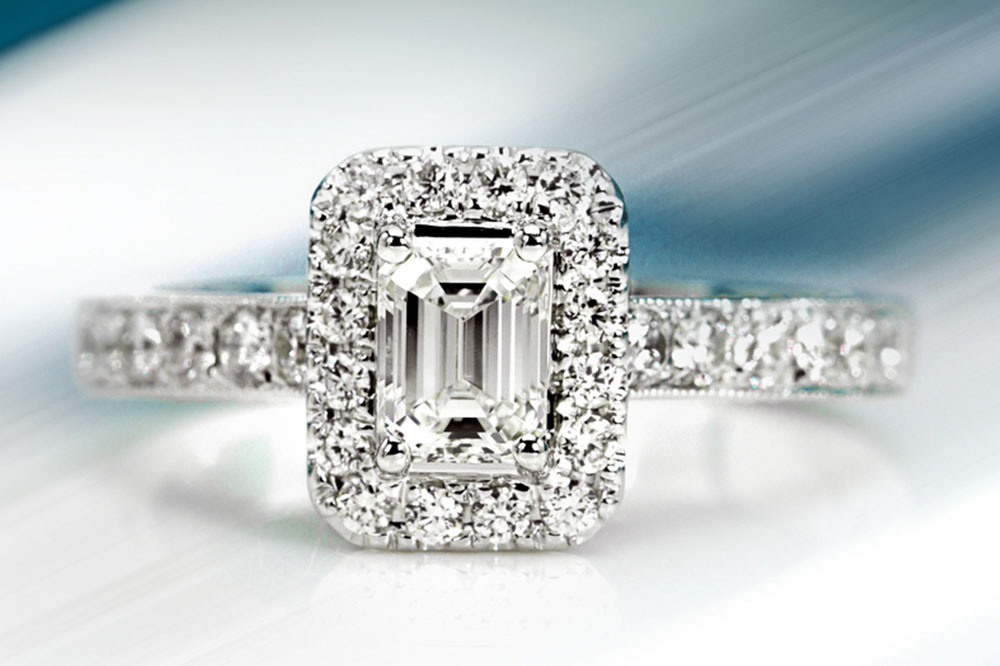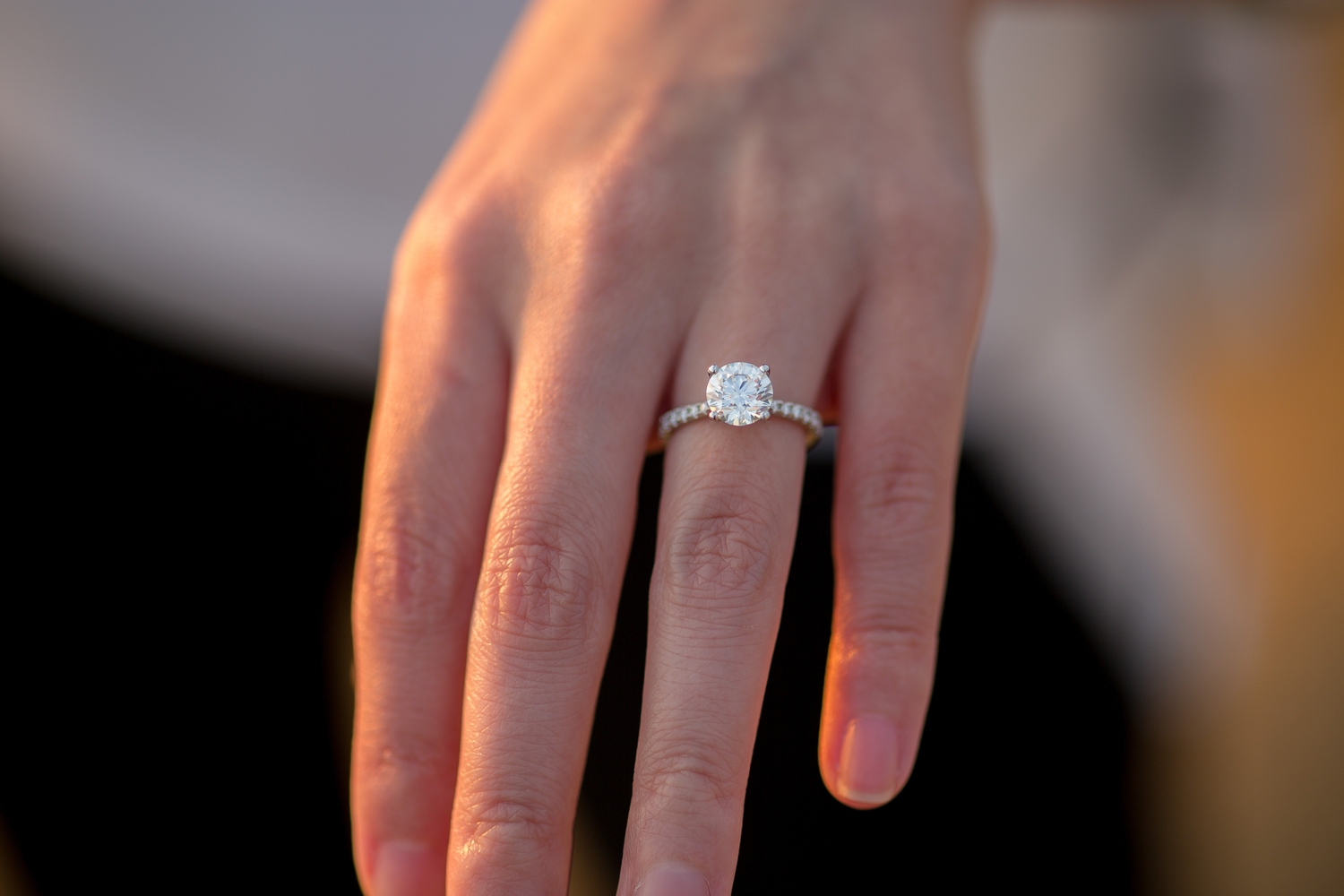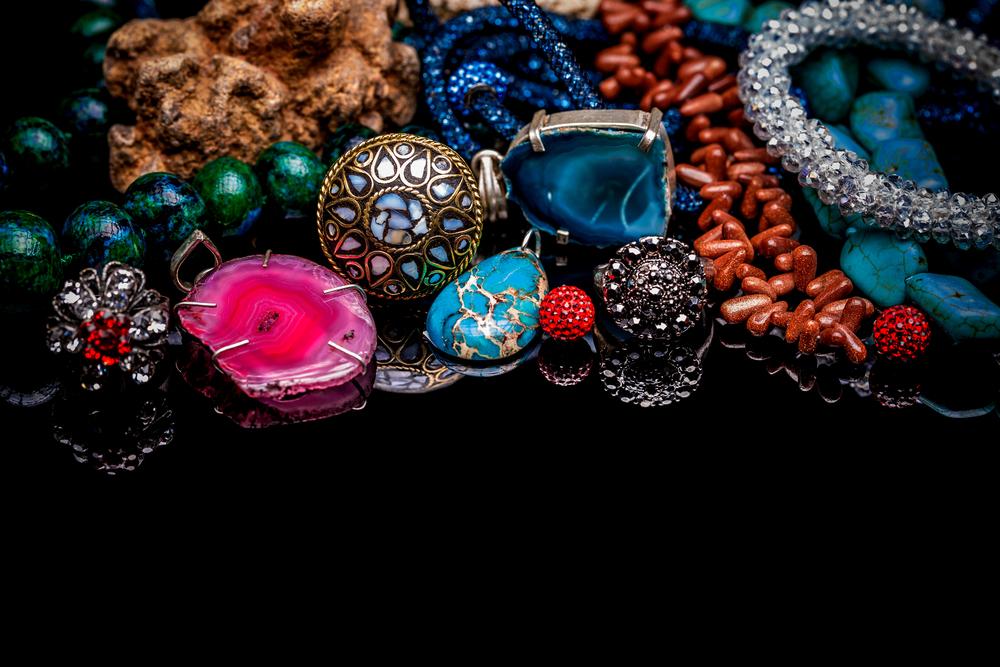Understanding Lab Grown Diamonds: Everything You Need to Know
Discover everything about lab created diamonds, from their manufacturing processes like HPHT and CVD, to their color options and ethical benefits. Learn how these authentic, eco-friendly diamonds serve as affordable alternatives to natural stones for engagement rings and jewelry, offering unmatched beauty and sustainability.

Understanding Lab Grown Diamonds: Everything You Need to Know
Lab grown diamonds, also known as synthetic or engineered diamonds, are cultivated in specialized laboratories using cutting-edge technological methods. These diamonds are authentic and possess all the physical and chemical properties of mined diamonds. According to Stephen Morisseau from the Gemological Institute of America, lab created diamonds are genuine, not imitation stones like cubic zirconia. Whether for engagement rings or jewelry, understanding these diamonds helps make informed choices about their quality and significance.
How Lab Diamonds Are Manufactured
Creating diamonds in labs involves replicating the natural formation process of diamonds deep within the earth.
Layers of carbon atoms are subjected to intense pressure and heat conditions that mimic natural geological processes.
This technique is called High Pressure High Temperature (HPHT). HPHT produces stones visually identical to natural diamonds, maintaining their optical and chemical properties. Detection without specialized tools is almost impossible.
While the formation process differs at the crystal level, distinguishing lab grown from natural diamonds requires sophisticated equipment.
Alternative Lab Manufacturing Techniques
Laboratories also employ other methods, like Chemical Vapor Deposition (CVD), to produce diamonds.
In the CVD process, carbon seed crystals are grown on top of each other within a heated chamber, often reaching temperatures around 1472°F. Gas mixtures of hydrocarbons are introduced, breaking apart and allowing carbon atoms to bond with the seed, forming a diamond.
Colored Lab Grown Diamonds
Many labs create colored diamonds for engagement rings by adding trace elements during growth, resulting in vibrant shades.
Although the composition may differ slightly from natural colored diamonds, these lab diamonds offer similar beauty and durability.
Options are extensive, providing a wide palette of colors and styles to choose from.
Lab created colored diamonds are generally more affordable and easier to find than their natural counterparts, which are rare and expensive.
Advantages of Lab Grown Diamonds
Unlike blood diamonds, lab grown diamonds are considered ethical because they avoid the social and environmental issues associated with traditional mining.
These diamonds offer identical quality and brilliance at a lower cost, making them an eco-friendly and budget-friendly choice for consumers.









